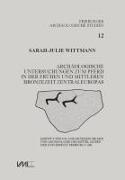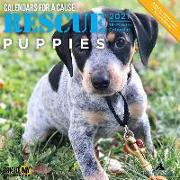Archäologische Untersuchungen zum Pferd in der frühen und mittleren Bronzezeit Zentraleuropas
BücherAngebote / Angebote:
The volume "The horse in the Early and Middle Bronze Age of central Europe: archaeological investigations" traces the beginnings of the special relationship between humans and domesticated horses in central Europe from an archaeological perspective, outlining the social, economic and socio-cultural changes resulting from the keeping and utilisation of horses and the associated social ideas. At a broader level, this study investigates the research history of this topic, loaded as it is with certain assumptions, as well as theoretical and methodological approaches to the archaeological sources. Along the way, numerous controversies are elucidated and assessed anew based on the material studied. The volume begins with a comprehensive survey of the sources for Early and Middle Bronze Age horses [2200-1300 B.C.] between southern Scandinavia and the Carpathians and then analyses their explanatory power, with particular and explicit attention to gaps in the evidence. Using archaeozoological remains, evidence indicating the use of horses, images of horses and horse-related artefacts, such as spoked wheels, domesticated horses are investigated in terms of their earliest keeping, use and social attributions. The analysis section begins with the practicalities of Bronze Age horse keeping, which is a gap in previous research. In addition, the use of equids is looked at from three different perspectives: horses as food and raw material, horses and mobility, and horses and warfare. Finally, the social attributions of horses are investigated based on the themes of horses as prestige objects and horses in a religious context. In particular regarding the uses and attributions of horses, several long-discussed and controversial topics can be critically reflected, such as the question of the early riding of horses [and frequent assumptions connected to this, such as the spread of material culture and language via long-distance migrations on horseback], as well as the allegedly central importance of horses in Early and Middle Bronze Age conflicts and of horses as animals for postulated Bronze Age elites. At many points in the study, it becomes clear that numerous interpretations connected to horses are based on similar mechanisms: on the one hand, back-projections from later periods play a certain role, while on the other hand parts of research are oriented along specific, ready-made narratives. The present study seeks to sketch a counter-narrative to this one-sided view of the past. Overall, the volume offers a comprehensive overview of the economic, social, socio-cultural, profane and religious role of horses in the Early and Middle Bronze Age of central Europe.
Folgt in ca. 2-3 Arbeitstagen




